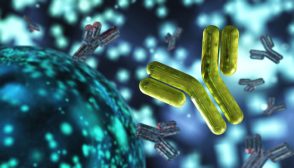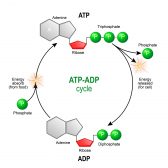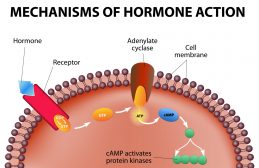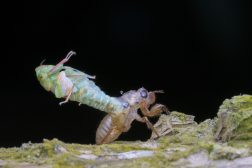Definition
noun
(physiology) The phase of the hair cycle in which the hair is shed
(botany) Any of the plants characterised by having c wood bark, pith, commonly netted-veined leaves, and two (or, very rarely, several in a whorl) cotyledons
Supplement
In hair anatomy and physiology, the exogen pertains to a phase in the hair cycle characterized by the shedding of the hair. The hair cycle is the cyclical phases of hair growth. It is comprised of the following stages: anagen, catagen, telogen, and exogen. Exogen (or teloptosis) is the stage of the hair cycle when the hair is shed. It occurs as a stage following telogen. Telogen is the when the hair follicle is dormant and the hair shaft completely detaches from the dermal papilla. Exogen, though, may occur while a new hair shaft enters the next anagen phase and start a new hair cycle.
In botany, exogen pertains to a group of plants characterised by having c wood bark, and pith, the wood forming a layer between the other two, and increasing, if at all, by the animal addition of a new layer to the outside next to the bark. The leaves are commonly netted-veined, and the number of cotyledons is two, or, very rarely, several in a whorl. The exogens are distinguished from endogens. The endogens are plants that increase in size by internal growth and elongation at the summit, having the wood in the form of bundles or threads, irregularly distributed throughout the whole diameter, not forming annual layers, and with no distinct pith. The terms exogen and endogen though are not as widely used as before and at present refer to the dicots and monocots, respectively.
Dictionary > Exogen
You will also like...

Passive and Active Types of Immunity
Lymphocytes are a type of white blood cell capable of producing a specific immune response to unique antigens. In thi..

ATP & ADP – Biological Energy
ATP is the energy source that is typically used by an organism in its daily activities. The name is based on its structu..

The Gene Pool and Population Genetics
According to Charles Darwin's theory of natural selection, preferable genes are favored by nature in the gene pool, and ..

Ecological Research: Measuring & Analysis
This lesson is about the methods used for ecological research, such as quadrat and transect sampling, canopy fogging, an..

Homeostatic Mechanisms and Cellular Communication
Homeostasis is the relatively stable conditions of the internal environment that result from compensatory regulatory res..

Growth Patterns
This tutorial describes the sigmoid curve, annual plant growth, tree growth, human growth, and insect growth as the grow..

